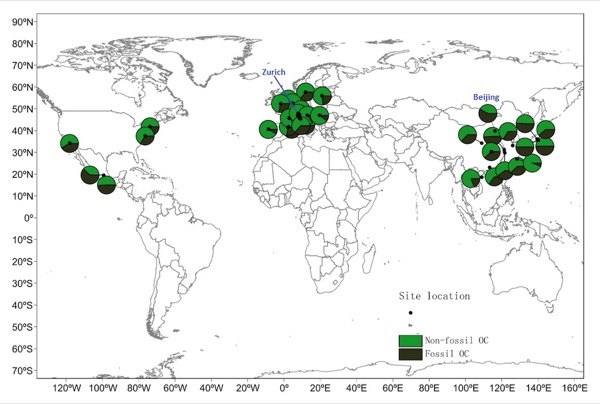|
|
Measurement of the Month September 2017 |
|
| Surprising Sources of Aerosols from Beijing | ||

|
||
|
We use radiocarbon measurements to apportion organic carbon (OC) aerosols in the atmosphere to non-fossil sources (such as natural plant emissions or biomass burning) and fossil sources (like coal combustion or traffic). These investigations showed for European cities in winter that OC originates from fossil-fuel usage only to a minor extent (e.g. 25% for Zurich).
This work was carried out in the group of PD Dr. Sönke Szidat in collaboration with Prof. Yanlin Zhang from the Nanjing University of Information Science and Technology. References:
|
||